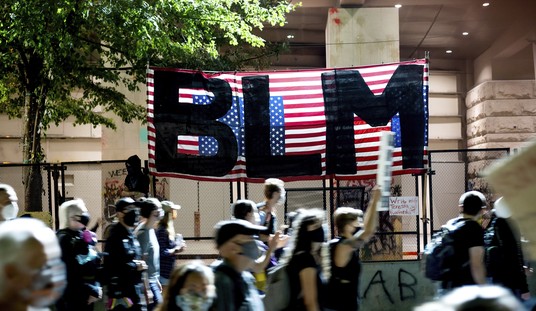If the economy is making an “amazing resurgence,” as John Kerry claimed this week, then someone forgot to tell the American consumer. After picking up the spending pace in the winter, Americans have started saving again, as consumer spending went flat in April:
Consumer spending was stagnant in April while incomes posted a tiny advance, signs that the economic recovery could slow.
The flat spending level was the weakest showing in seven months, according to the Commerce Department report. Economists had expected a 0.3 percent rise. …
Consumer spending is closely watched because it accounts for 70 percent of total economic activity.
The unchanged level of spending came despite a 0.6 percent rise in March. It also was flat despite a 0.4 percent rise in April retail sales.
Retail only accounts for 40% of all consumer spending, according to the AP, which is why there is a disconnect between the two numbers. This follows on the slight downgrading of 2010Q1 GDP from 3.2% to 3.0%, which is probably unwelcome but not necessarily unusual. Last year, the Obama administration had to reset 2009Q3 GDP twice, going from 3.5% to 2.2%; this adjustment is part of a more normal revaluation of indicators after they have firmed up.
The sudden switch to savings mode comes at the same time that the private bond markets appear to have suddenly tanked:
Companies sold the least amount of bonds in a decade this month as concern Europe’s sovereign debt crisis will slow the global economy drove up relative borrowing costs by the most since the aftermath of Lehman Brothers Holdings Inc.’s collapse.
Borrowers issued $66.1 billion of debt in currencies from dollars to yen, a third of April’s tally and the least since December 2000, according to data compiled by Bloomberg. At least 14 companies withdrew offerings, including New York-based retailer Jones Apparel Group Inc. and theater chain operator Regal Entertainment Group.
“There’s still a lack of risk appetite for company debt,” said Ben Bennett, who helps manage the equivalent of $125 billion of corporate bonds as credit strategist at Legal & General Investment Management in London. “There needs to be a couple more days of stability before we see green shoots. At the moment it’s a small, straggly weed.”
Companies sell debt in order to cover payroll and other short-term expenses, but also to expand and innovate. The sharp drop in lending signals a sudden, hopefully momentary halt in expansion. This could be just a blip, but it could also signal a further tightening of belts by corporations and a harbinger of another dip back into recession.
Why might there be “a lack of risk appetite”? Foremost, investors don’t share the sunny analysis provided by John Kerry, obviously. At least in the US, risk-taking is about to be punished by a hike in capital-gains tax rates, as well as a punitive tax measure aimed at capital investment managers. That may or may not be impacting this month’s numbers directly, but it certainly isn’t whetting appetites for the kind of risk-taking needed to start a significant economic expansion.
Right now, it doesn’t appear that anyone outside the political world sees an “amazing resurgence” anywhere.







Join the conversation as a VIP Member